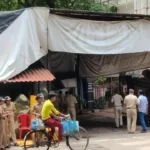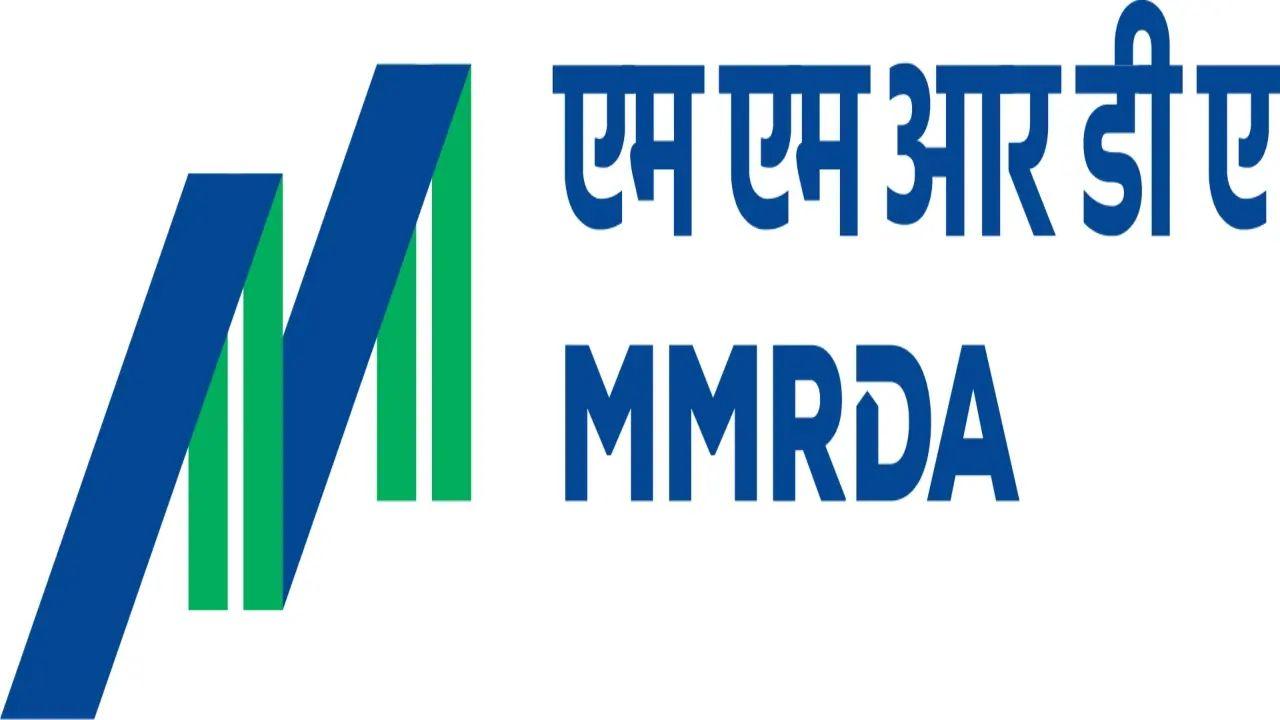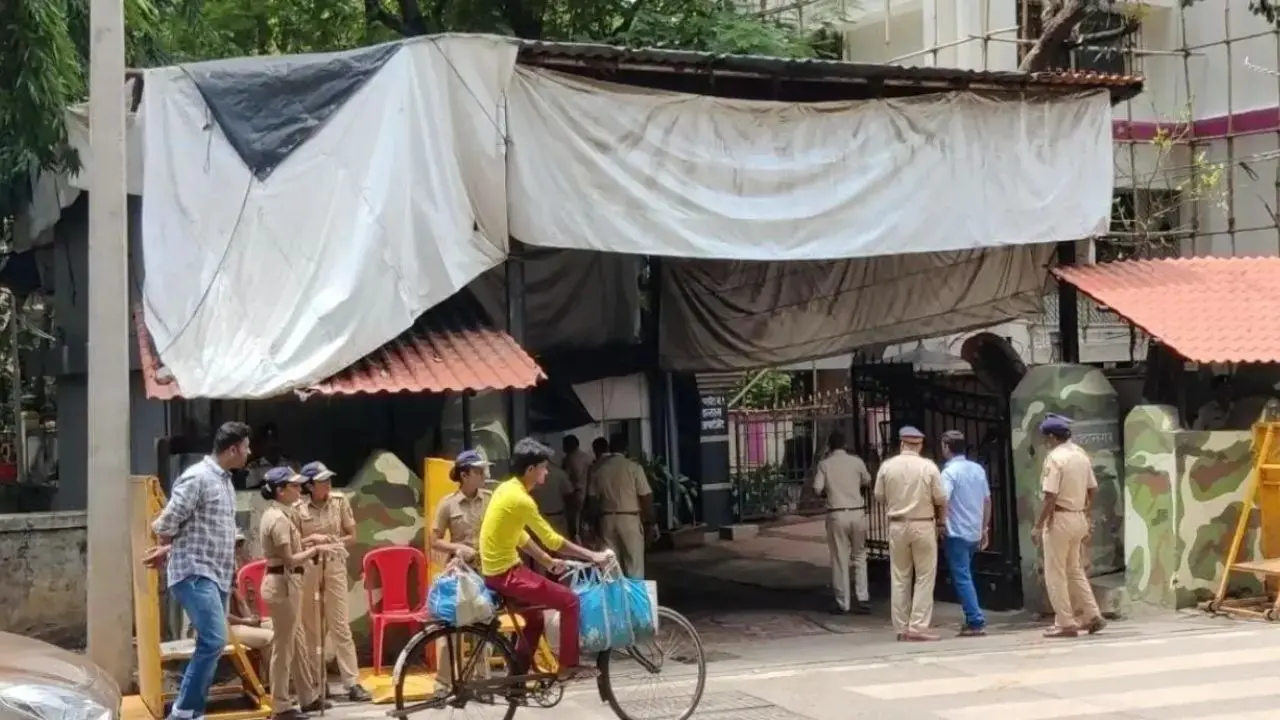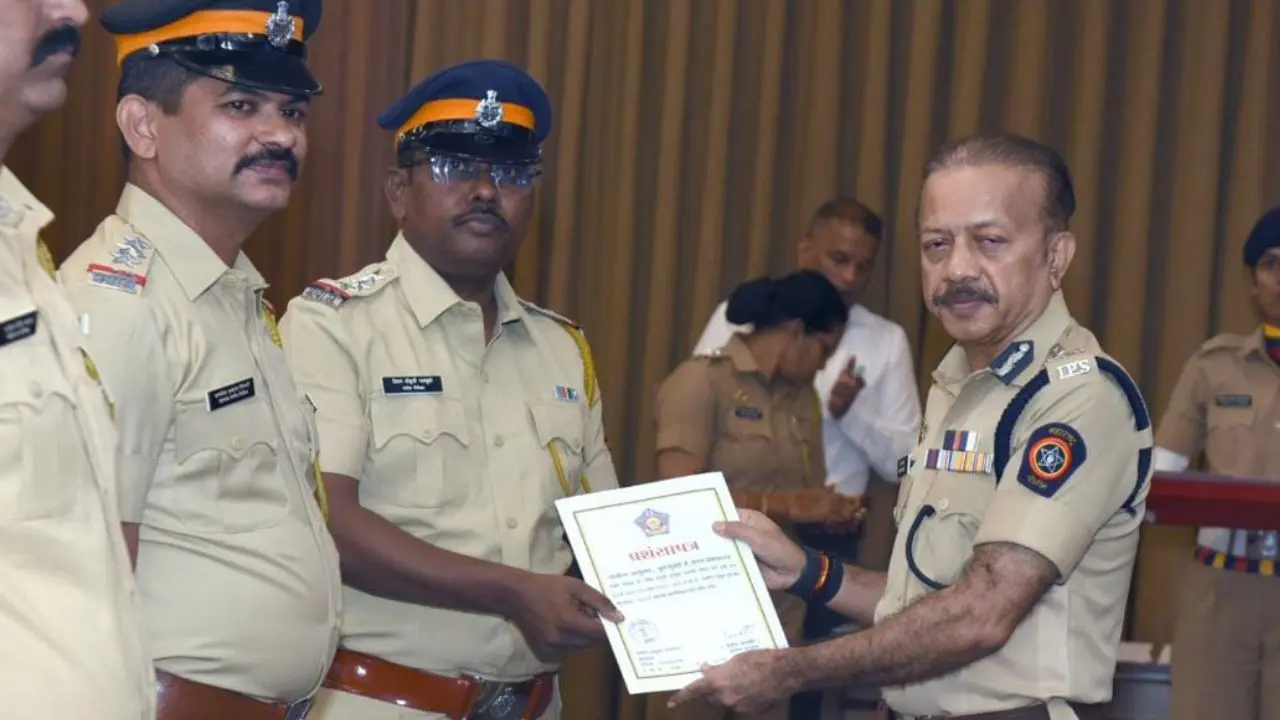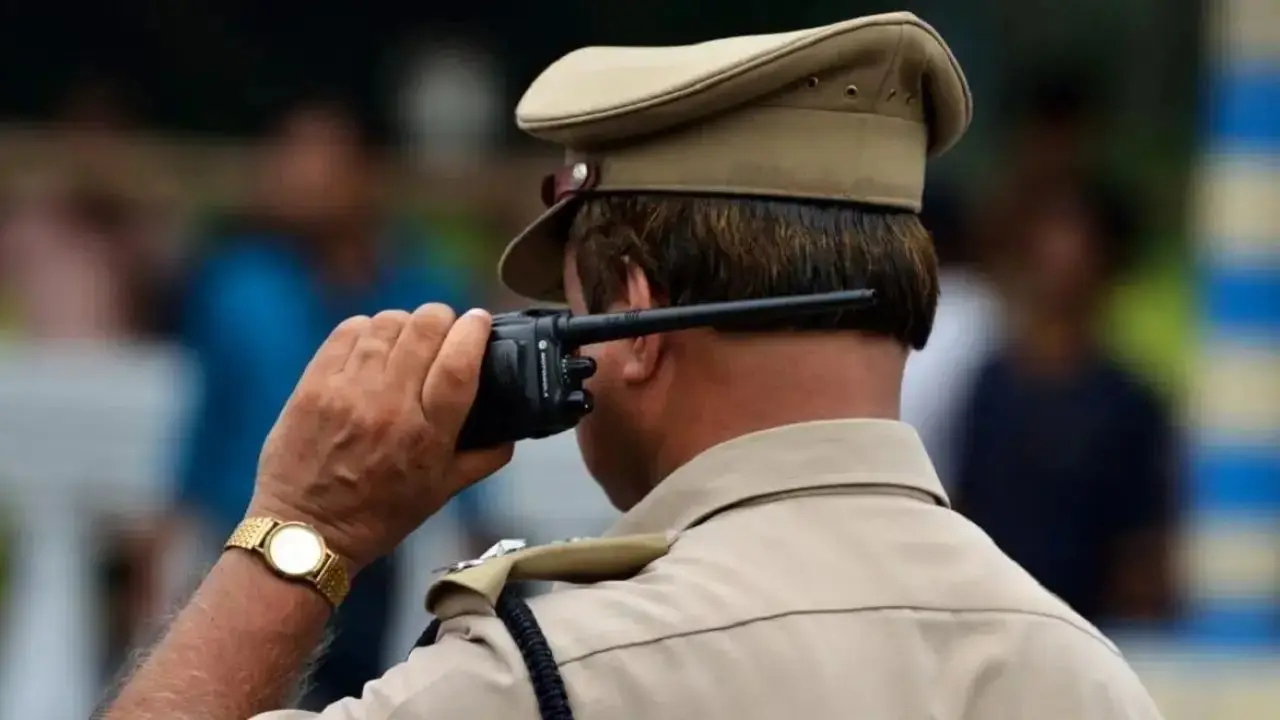The Mumbai Metropolitan Region Development Authority (MMRDA) has initiated the process to prepare the Detailed Project Report (DPR) for the proposed Integrated Tunnel Road Network, marking a major step towards introducing Mumbai’s third mode of travel, alongside the city’s expanding surface road and metro rail systems.
This visionary initiative aims to build a high-capacity, underground mobility corridor connecting the Mumbai Coastal Road, Bandra-Kurla Complex (BKC) High-Speed Rail Station (bullet train), and Chhatrapati Shivaji Maharaj International Airport Loop Connectivity, including decongestion of Western Express Highway and SV Road. Once operational, the tunnel network will significantly reduce traffic congestion, divert through-traffic underground, and reclaim valuable urban space for citizens.
A strategic step towards “Mumbai in Minutes”
Spanning over 70 km across three phases, the proposed tunnel system will complement Mumbai’s surface and metro networks, creating a seamless multi-modal transport grid that enhances efficiency, reduces pollution, and saves time.
Given Mumbai’s limited land availability and dense urban fabric, the underground corridor presents a sustainable alternative to expand the city’s mobility capacity without disturbing its surface infrastructure.
The tunnel network will be implemented in phased manner, guided by traffic requirements and future demand patterns.
Project implementation in phases:
• Phase I: Worli Sea Link – BKC – Airport Loop (Approx. 16 km)
Connecting the Mumbai Coastal Road with BKC and CSMIA, and integrating with the Mumbai–Ahmedabad High-Speed Rail Corridor. – Airport Loop including decongestion of WEH & SV Road (Approx. 16 km)
• Phase II: East–West Connectivity (Approx. 10 km)
Linking Eastern Express Highway (EEH) and Western Express Highway (WEH) to reduce cross-city congestion.
• Phase III: North–South Corridor (Approx. 44 km)
Providing a continuous underground link across the city to support both passenger and freight movement.
The Hon’ble Chairman of MMRDA & Deputy Chief Minister approved the appointment of a consultant for Techno-Economic Feasibility Study and DPR preparation for Phase–I on 30th September 2025.
The tender was floated on 10th October 2025, with the pre-bid meeting held on 17th October, and bids scheduled for opening on 17th November 2025.
Chief Minister Devendra Fadnavis said, “Mumbai’s transformation into a global economic powerhouse depends on its ability to move people and goods efficiently. The proposed tunnel network is a major leap toward achieving seamless, multi-level connectivity across the city, integrating roads, metro, coastal corridors, and now, an underground tunnel grid. This project will decongest arterial routes and make commuting across Mumbai faster, safer, and smoother”
Deputy Chief Minister Chairman-MMRDA, Eknath Shinde, stated, “With this tunnel network, Mumbai will gain a new dimension of mobility, the third mode of travel beneath the surface. It reflects the city’s evolution from linear transport planning to a multi-layered, future-ready infrastructure system. The integration with the Coastal Road, Metro corridors, and the Bullet Train will make ‘Mumbai in Minutes’ a reality.”
Sanjay Mukherjee, IAS, Metropolitan Commissioner, MMRDA, said, “The tunnel network will redefine how Mumbai moves. It will reduce traffic load on existing surface roads, improve east–west and north–south connectivity, and unlock new urban capacity for public spaces. At present, only the Detailed Project Report (DPR) will be prepared to study the technical feasibility, environmental impact, and economic viability of the project. Once the DPR is finalised and approved, the project will be implemented in a phased manner, in line with traffic requirements and the city’s future growth in mobility demand. This network will be a crucial step towards realising the ‘Mumbai in Minutes’ vision, where integrated surface, metro, coastal, and tunnel corridors together enable seamless, fast, and sustainable connectivity across the entire metropolitan region.”
The consultancy for preparing the Techno-Economic Feasibility Study, ensuring the highest technical standards. The consultant will study geological, environmental, and socio-economic aspects, design tunnel alignments, and assist MMRDA in bid process management for execution.
Once implemented, the Integrated Tunnel Network will act as the city’s subterranean expressway, relieving surface congestion, reducing emissions, and enabling faster travel between key economic hubs, from South Mumbai to BKC, and onward to the Airport, including to decongest WEH and SV Road.
Together with the Coastal Road, Metro Rail Network, and surface expressways, this initiative completes MMRDA’s tri-layered vision for “Mumbai in Minutes” — a city where every major destination can be reached efficiently, sustainably, and seamlessly.

